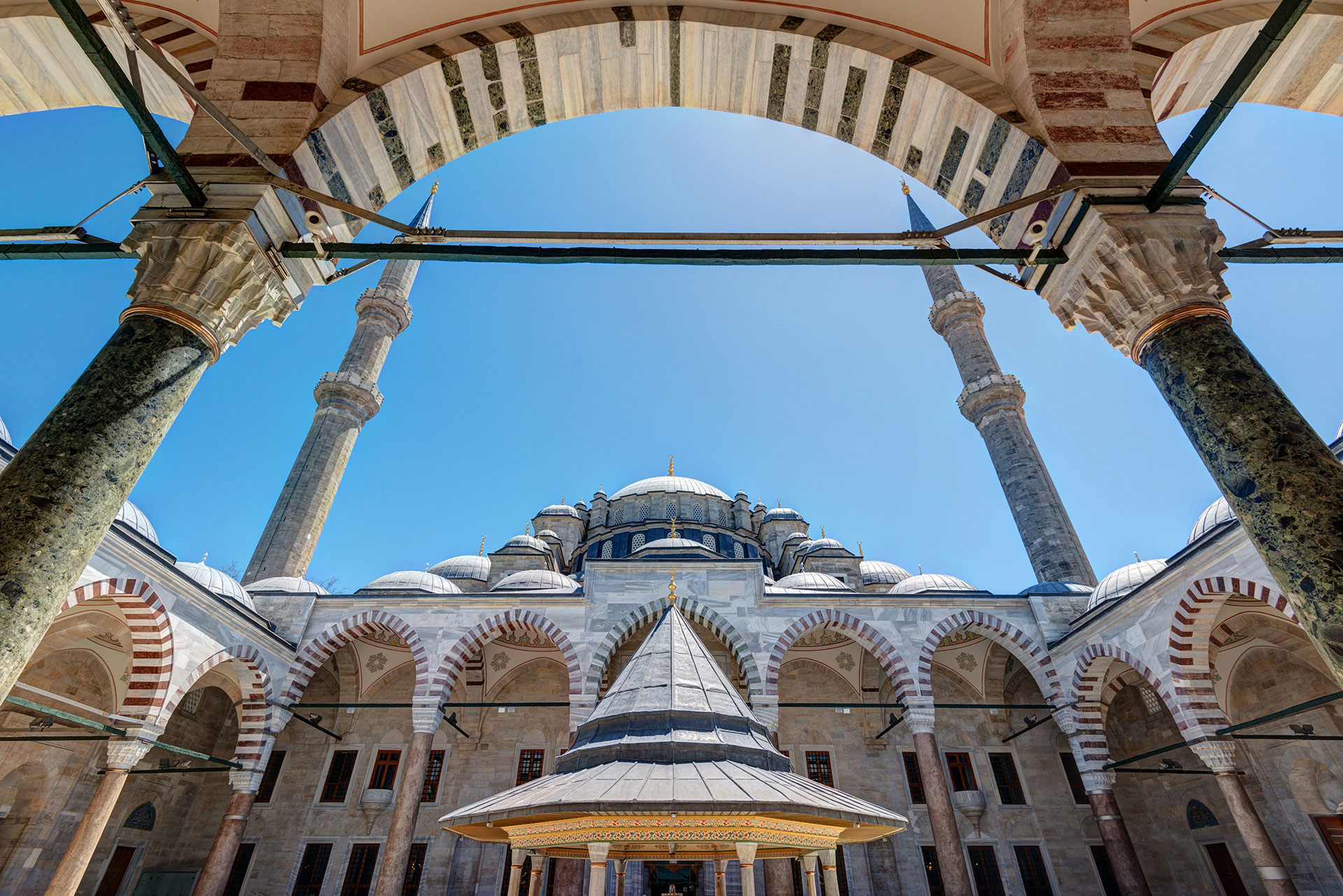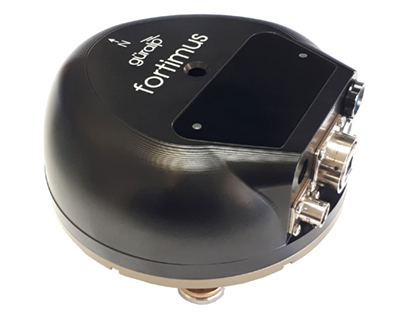Istanbul lies in an area of high seismicity, directly on the North Anatolian Fault, and small earthquakes are common.
The Fatih Sultan Mehmet Mosque in Istanbul was built in honour of Fatih Mehmet II's conquest of the city in 1453. One of Turkey's largest mosque complexes, the site includes extensive precincts and madrasas (religious academies) as well as the central sanctuary.
In 1509, forty years after construction was finished, an earthquake badly damaged the mosque buildings. A second earthquake, in 1766, caused the central dome to collapse; this time, the complex was rebuilt entirely, with only the mihrab, portal and a portion of each minaret surviving.
Recent scientific studies warn that a major earthquake is likely to hit Istanbul in the near future. According to one, the probability of such an event occurring in the next 30 years is 62 ± 12 %. Institutions across the city are working to make sure buildings will be able to withstand the earthquake when it happens.
The Fatih Sultan Mehmet Mosque in Istanbul was built in honour of Fatih Mehmet II's conquest of the city in 1453. One of Turkey's largest mosque complexes, the site includes extensive precincts and madrasas (religious academies) as well as the central sanctuary.
In 1509, forty years after construction was finished, an earthquake badly damaged the mosque buildings. A second earthquake, in 1766, caused the central dome to collapse; this time, the complex was rebuilt entirely, with only the mihrab, portal and a portion of each minaret surviving.
Recent scientific studies warn that a major earthquake is likely to hit Istanbul in the near future. According to one, the probability of such an event occurring in the next 30 years is 62 ± 12 %. Institutions across the city are working to make sure buildings will be able to withstand the earthquake when it happens.
Mosque interior
Background
Güralp was commissioned to set up a seismic monitoring system inside one of Istanbul’s largest and oldest mosques. 13 5TD digital strong motion accelerometers were installed at different levels in the Mosque to record the response of the structure to ground movements. This data can be used to determine which parts of the structure may be susceptible to damage during a large earthquake. Real time data from these sensors was set-up as a real-time stream to city engineers.
The data obtained by the instruments has been used to analyse the vibrational modes of the building, which allow engineers to determine which parts of the building need to be strengthened to prepare for a future earthquake.
The data obtained by the instruments has been used to analyse the vibrational modes of the building, which allow engineers to determine which parts of the building need to be strengthened to prepare for a future earthquake.
Güralp solution
Güralp were commissioned to set up a strong-motion experiment in the mosque, to record the response of the structure to ground movements and identify areas which will be susceptible to damage.
Thirteen 5TD* triaxial digital accelerometers have been installed at locations around the mosque.
Each instrument is connected to a Güralp Systems serial server / UPS module, which provides constant power and provides a TCP/IP connection for data streams to a central PC running Scream!. An ADSL modem using NAT provides internet access for the array equipment and forwards requests for GCF data to the PC's Scream! server.
Thirteen 5TD* triaxial digital accelerometers have been installed at locations around the mosque.
- 4 instruments are located at equal spacing around the dome.
- 8 further sensors are spaced about the gallery level.
- A final 5TD placed on the stone floor provides an approximation to the free field.
Each instrument is connected to a Güralp Systems serial server / UPS module, which provides constant power and provides a TCP/IP connection for data streams to a central PC running Scream!. An ADSL modem using NAT provides internet access for the array equipment and forwards requests for GCF data to the PC's Scream! server.
Outcome
With this setup, small earthquakes can be detected at the 5TD on the floor and compared with the motion of the sensor on the higher levels.
Differences between the traces can be analysed to provide information about the vibrational modes of the building, which are used to decide which areas are in need of strengthening before a large earthquake occurs.
Differences between the traces can be analysed to provide information about the vibrational modes of the building, which are used to decide which areas are in need of strengthening before a large earthquake occurs.
*The 5TD instrument has been superceded by the Fortimus accelerometer. The Fortimus features flexible gain options so it can perform optimally in a wide range of earthquake monitoring scenarios.
You can find out more about the Fortimus here.
You can find out more about the Fortimus here.






